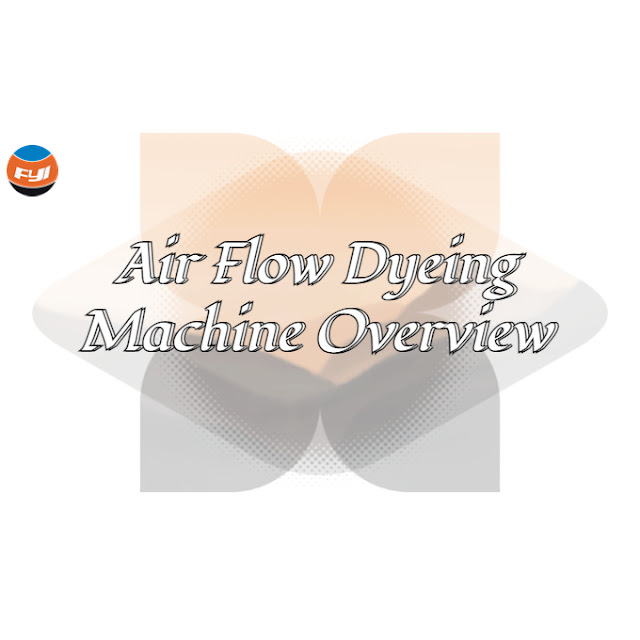Air Flow Dyeing Machine Overview
Air flow dyeing is a modern dyeing process that has a low liquor ratio, reduced energy consumption, and less pollution, and is regarded as an environmentally friendly dyeing method in the twenty-first century. The characteristics and mechanisms of air flow dyeing and air flow dyeing machines are covered in this article along with a comparative comparison.
Introduction
As we all know, the fabric produced by the overflow dyeing machine has good hand feeling and strong fastness, as well as the ability to adjust to small quantities, alter variety quickly, have a compact equipment footprint, and require little investment. In today’s printing and dyeing factories, it has always been the main dyeing equipment.
Since the end of the 1980s, with the increasingly prominent environmental problems and the development trend of fabric quality becoming more and more high-end, traditional overflow dyeing machines have gradually exposed many problems, such as large bath ratio, high energy consumption, large sewage discharge, and fabric pollution. Defects such as low speed. In particular, the problem of pollution constitutes damage to the ecological
environment. The airflow dyeing machine came into being.
Since the end of the 1980s, with the increasingly prominent environmental problems and the development trend of fabric quality becoming more and more high-end, traditional overflow dyeing machines have gradually exposed many problems, such as large bath ratio, high energy consumption, large sewage discharge, and fabric pollution. Defects such as low speed. In particular, the problem of pollution constitutes damage to the ecological
environment. The airflow dyeing machine came into being.
Mechanism principle of airflow dyeing machine
The idea of aerodynamics is used in airflow dyeing, and the high-speed air flow is created by the high-pressure fan through the specific nozzle to push the cloth to run. At the same time, the dye liquor is sprayed onto the cloth in a mist form, allowing the dye liquor and fabric to come into complete contact in a very short period of time, achieving the goal of level dyeing.
In contrast to the overflow dyeing machine, water is simply utilised as a transport of dying ingredients, and the cloth is driven by high-speed airflow. As a result, its liquor ratio may be quite low. Second, the circumstances for dye liquid absorption varies. The cloth absorbs the dye bath from the dye liquor spread on the fabric’s surface rather than the surrounding dye liquor.
In contrast to the overflow dyeing machine, water is simply utilised as a transport of dying ingredients, and the cloth is driven by high-speed airflow. As a result, its liquor ratio may be quite low. Second, the circumstances for dye liquid absorption varies. The cloth absorbs the dye bath from the dye liquor spread on the fabric’s surface rather than the surrounding dye liquor.
Airflow dyeing machine structure
Fans, circulating pumps, nozzles, dyeing tanks, fabric lifting rollers, cloth discharge rollers, and airflow and liquid circulation pipes are the key components of an airflow dyeing system.
The nozzle is the most important component, and it is responsible for the formation of high-speed airflow as well as the atomization effect of dyes and chemicals. Round and square are the two kinds of nozzle. The round nozzle is ideal for processing microfiber, synthetic fiber simulated knitted textiles, and woven fabrics, while the square nozzle is ideal for processing heavier fabrics and ropes that can be rotated easily.
The nozzle is the most important component, and it is responsible for the formation of high-speed airflow as well as the atomization effect of dyes and chemicals. Round and square are the two kinds of nozzle. The round nozzle is ideal for processing microfiber, synthetic fiber simulated knitted textiles, and woven fabrics, while the square nozzle is ideal for processing heavier fabrics and ropes that can be rotated easily.
Conclusion
With its brand-new concept and distinctive performance, the 21st century green and ecologically friendly airflow dyeing machine has better handled the difficulties that existed in the overflow dyeing machine. And, by extending its own current functions and adding certain accessories, it fulfills the multi-purpose function of one machine, which is a machine with a lot of potential for development.




Comments
Post a Comment